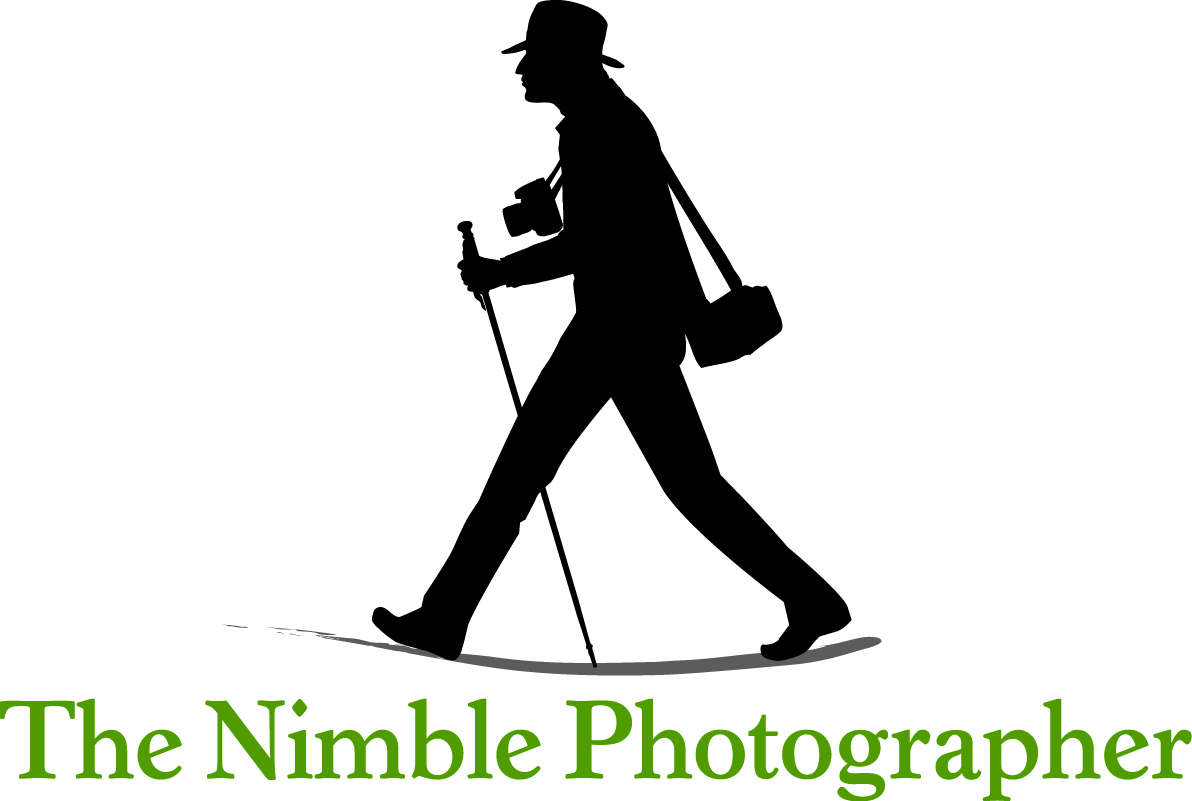I relied on my mirrorless gear for a 3-day assignment covering the Artisan Cheese Festival in Petaluma, CA. It's a terrific event for a lot of reasons, of which finely-crafted cheese, wine, beer, and food are at the top of the list.
The OM-D E-M5 Mark II was my primary camera. I packed the Olympus 40-150mm f/2.8 PRO and Panasonic 12-35mm f/2.8 zooms for the bulk of the work. And pulled out the 17mm f/1.8 as needed for low light venues. Everything fit comfortably in my Lowepro shoulder bag.
Like any other event, there are very busy moments and times when things are quiet. Once I capture the images on the shot list for a particular venue, I usually hang around for a while, just in case something interesting happens, or to try a creative shot if one presents itself.
I'm used to working alone and traveling by myself. So if I'm sitting at a table with no one else, I don't think much about it. But I like it when people come up to me and strike up a conversation. And the impetus is often photography.
I'll have my camera sitting on the table ready for action, someone will notice it, and I'll smile and wave them over.
"Is that a digital camera?"
"Yeah, it is. But it has retro styling. So it's classic on the outside, but high tech under the hood."
"Oh, that's an Olympus. I used to shoot with one of those..."
And it goes on from there. I probably made 3 or 4 new friends this weekend. One of them even started following me on Instagram. So I hope there are more conversations up the road.
I think photography is the great ice breaker, second only to puppies in the park. Shooters love taking about their gear and experiences. And it's a wonderful way to pass the time during lulls in an event. Set your gear on the table and see for yourself.
Everyone has a smart phone these days. But a photographer with a camera. Now, that's conversation worthy.
-Derrick
